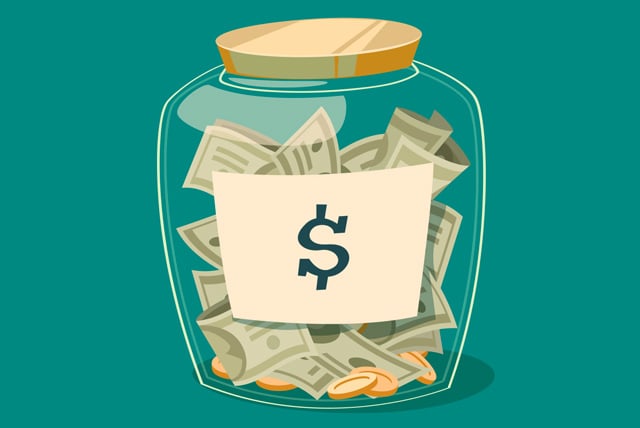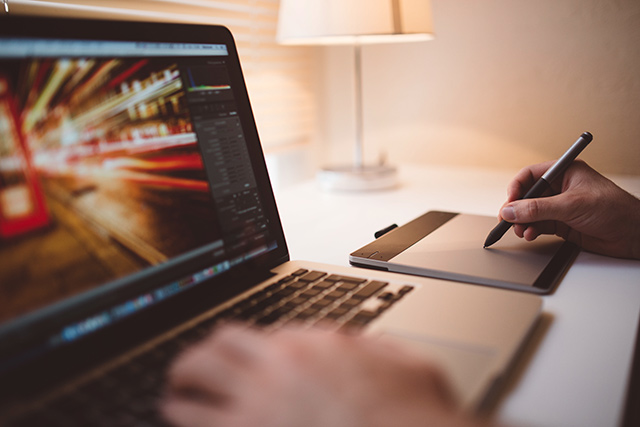This article was contributed by Jack Sartory for US tax payers.
Let’s face it, the last thing any of us want to think about are taxes. This is especially true for freelance designers, as you have to juggle multiple projects, build your customer networks, and deliver unique work that will exceed your client’s expectations.


On top of all these demands, being a freelance designer means you’ll also be responsible for managing your own finances. This includes determining how much in taxes you owe Uncle Sam at the end of every quarter or year.
Fortunately, there are a lot of potential tax deductions out there that freelancers can take advantage of to shrink your tax bill and potentially saves thousands of dollars per year.
Here are 7 essential tax deductions for freelance designers you can utilize in 2016 & 2017 to minimize your taxes and maximize your income:
1. Home Office Deduction

If you use an exclusive area of your home to conduct your design business, you may be able to deduct related expenses on your tax return as a home office deduction. The space has to be fully dedicated to business though, which means your couch, exercise room, and kitchen table don’t count. If you are allowed to take the home office deduction you can take it in two ways, simplified and regular:
If you use the simplified method, you can take a deduction of $5 per square foot for each square foot of your home used for business purposes (up to 300 square feet). If you use the regular method, keep track of all your home expenses, including maintenance, repairs, utilities, real estate taxes, rent, etc. so you can deduct the portion of these expenses related to your home office. Use Form 8829 to calculate your home office deduction.
2. Legal & Professional Services
Freelancers can usually deduct 100% of legal and professional fees to the extent they are an ordinary and necessary part of operations. Legal and professional services is a broad category that generally includes expenses for your lawyer, accountant and any other professional consultants you may hire like LegalZoom.
3. Software & Online Service Subscriptions

Many freelance designers subscribe to online services or purchase software to support their everyday work, project management, invoicing, and productivity, just to name a few. Photoshop, Adobe Creative Cloud, FreshBooks, or Squarespace could be considered software or online service subscriptions. Since these platforms are often critical to what marketers do, they are generally fully deductible.
4. Business Gifts
Many entrepreneurs give gifts to their customers, clients, suppliers or other business associates to show their appreciation. Gift-giving is a regularly accepted part of doing business, and therefore the IRS recognizes it as a deductible expense. However, gifts are only deductible up to $25 per item. That means if you give three $100 gift baskets to three separate clients, you could deduct $75 out of $300 as a gift expense.
5. Physical Supplies
Often times designers and other visual creatives need physical tools to aid in the creation process. These expenses can be fully claimed on your Schedule C as a necessary business expense.

6. Online Advertising
Freelance designers frequently run online advertising campaigns to promote their websites and grow their brands. The IRS allows you to deduct advertising expenses that are directly related to your business as long as you can reasonably support it on your tax return. For example, if you spend $250 a week in targeted Facebook ads for a month, you can deduct $1000 on Line of your Schedule C at the end of the year.
7. Website Expenses

Any independent designer knows that having a polished and professional website is crucial to acquiring new customers. But did you know that you can generally deduct the costs to acquire, design, maintain and market your website?
While many of these costs are deductible, the IRS treats certain website expenses differently. Generally, the money you spend on development may need to be capitalized and deducted over several years, while the money you spend on operation and maintenance can be expensed in the year incurred.
Conclusion
Now that you knows some deductions you can take advantage of to minimize your tax bill, you can start keeping track of all of your expenses to make sure you’re taking home as much true profit as possible.
Interested in discovering even more tax deductions for freelance designers? Checkout this list of 14 tax deductions for freelance designers or a complete breakdown of all possible tax deductions for freelance designers.
—
Jack Sartory helps freelancers achieve financial success at Hurdlr, a mobile finance app for freelancers. Prior to joining Hurdlr, Jack served Fortune 500 clients as a consultant with a “Big 4” accounting firm.
I like your post it’s very helpful !!!!!
if you have some more knowledge about new things please share
Awesome! Thanks so much for the info.
Hello!
Thanks for sharing such an informative post. the text deduction discussed here for freelance designer are very much effective. This post will be very helpful for the freelancer designer.
Abir Dutta
Its really nice idea post. I like Home Office Deduction idea for freelancing work. Thanks for creative post.
Thank you very useful information for job consideration.